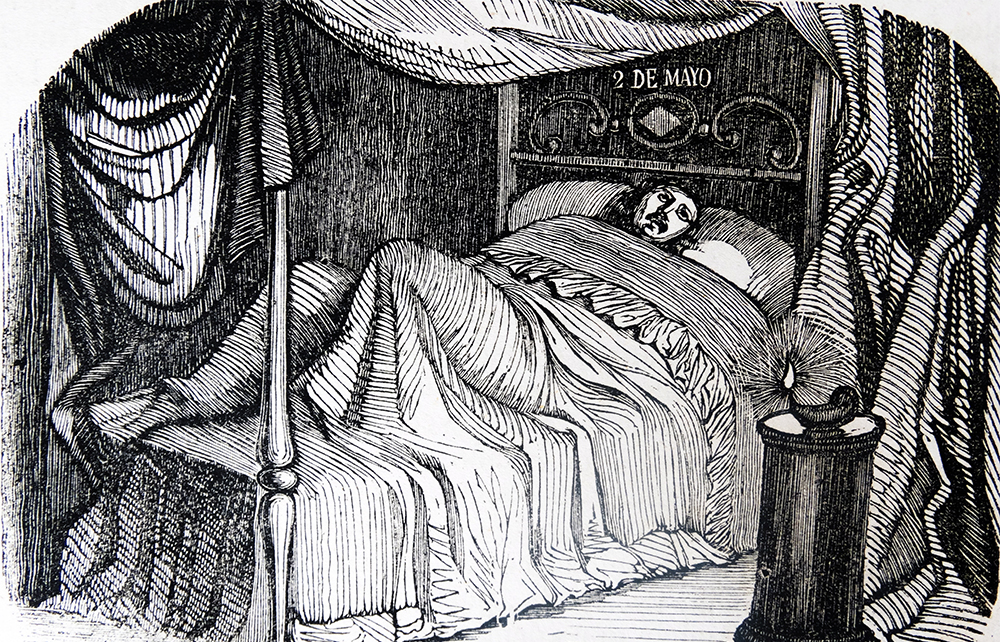Last month in a Swiss hotel, I came across an idea so beautifully simple that I felt it would be immoral of me not to share it. The bed in our room, rather than having one king-sized duvet, was covered by two double-size duvets overlapping in the middle. Eureka!
Given that the Swiss are world leaders in conflict-avoidance, it seems likely the idea originated there, although I have since learned the practice is also common in Scandinavia. Back in Blighty, when one person in a double bed rolls towards the edge, they take three feet of duvet with them, leaving their partner out in the cold. This typically leads to retaliation and often escalation. The Scandi-Swiss system, by contrast, creates a buffer, a DMZ of surplus duvet, which means that bedding fights are no longer a zero-sum game.
For years I’ve believed the whole premise of the bed
is wrong
Why has this approach not been adopted more widely? The question led me into a rabbit hole of research into bedding innovation – during which I discovered that in the 1980s as many of 20 per cent of US households owned a waterbed. And that the first one was salaciously marketed as The Pleasure Pit since, despite many downsides, waterbeds are apparently far superior to conventional mattresses when the occupants are both (or possibly all) awake.
The reason this topic interests me is that for years I’ve believed the whole premise of the bed is wrong. And here I go right back to first principles: I don’t think beds should be flat.
Anyone who has fallen asleep on a sofa and enjoyed a surprisingly good night’s sleep with their arm draped along the backrest or behind a cushion has had some intimation of what I am suggesting. Did our primate ancestors choose to sleep on level ground? I doubt it.
Besides, most people have two arms, so why isn’t there a hole or crevice to accommodate one when you sleep on your side? And why no elevated ledge at the edge of the bed where you can rest your leg? Why is there no kind of temperature or ventilation control? Why isn’t the firmness adjustable? The pace of progress seems glacial.
Actually, superior products do exist. For instance, in the US you can buy the SONU Sleep System – a mattress with a hole for your elbow, which is described as the world’s first mattress designed for side-sleepers – but it isn’t cheap.
Innovation is particularly hard for products that are purchased infrequently. There is a Catch-22 effect where, no matter how good a product is, sales volumes never hit the point where you can bring prices down.
The Quooker (boiling water on demand from your tap) and the Japanese electronic toilet are both life-changing in my experience, but both occupy this space. Because people replace their taps/toilets/mattresses so rarely and because at current prices only perhaps 5 per cent can afford the more innovative product, you are left with very few consumers in the market at any time. It hence takes ages to reach a critical mass of adoption.
You are also faced with another problem: domestic products typically have to be sold to two people, of whom one is usually more Luddite. I come from south Wales; my wife, unfortunately, from Sussex, where they have a thing called ‘taste’. This means she prefers to spend money and time making hair-splitting distinctions between shades of Farrow & Ball rather than simply buying a 75” flatscreen TV so you no longer have to look at your walls for entertainment.
I write all this because it seems to me that our narrative of progress is highly asymmetrical. We credit ourselves for areas in which progress is fast, all the time failing to see where it is woefully slow. Given its importance, our sleeping hardware must be at least a century out of date.






Comments